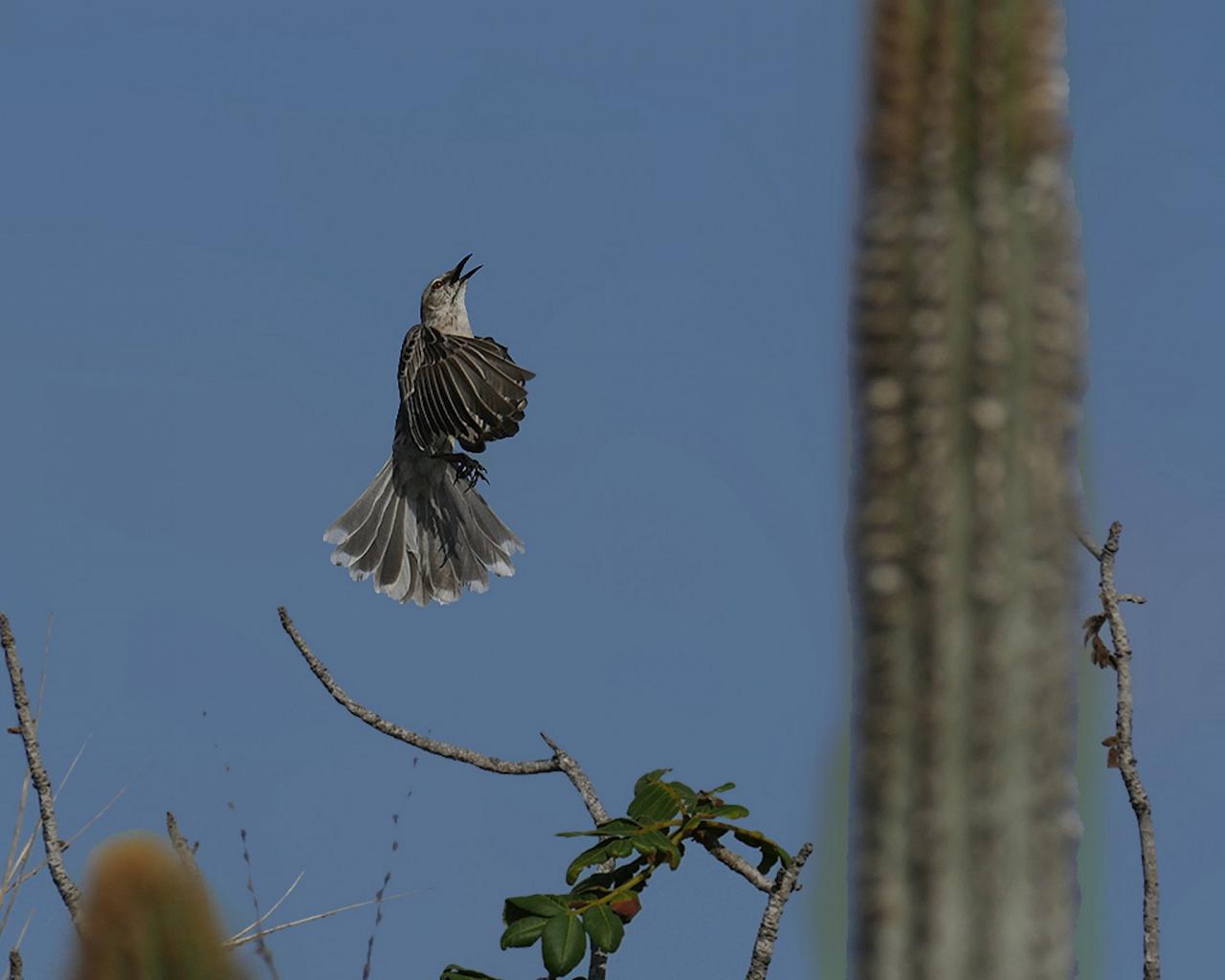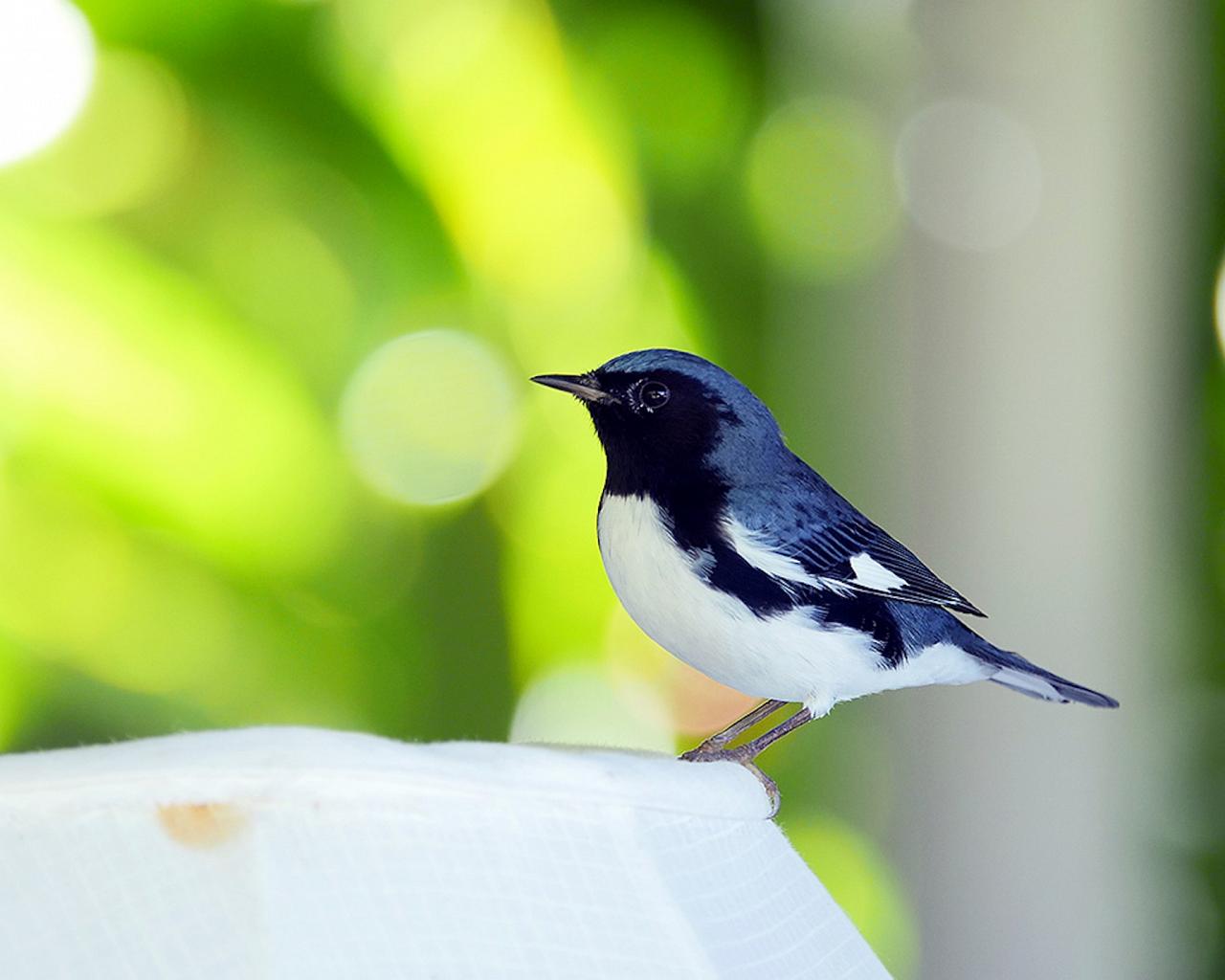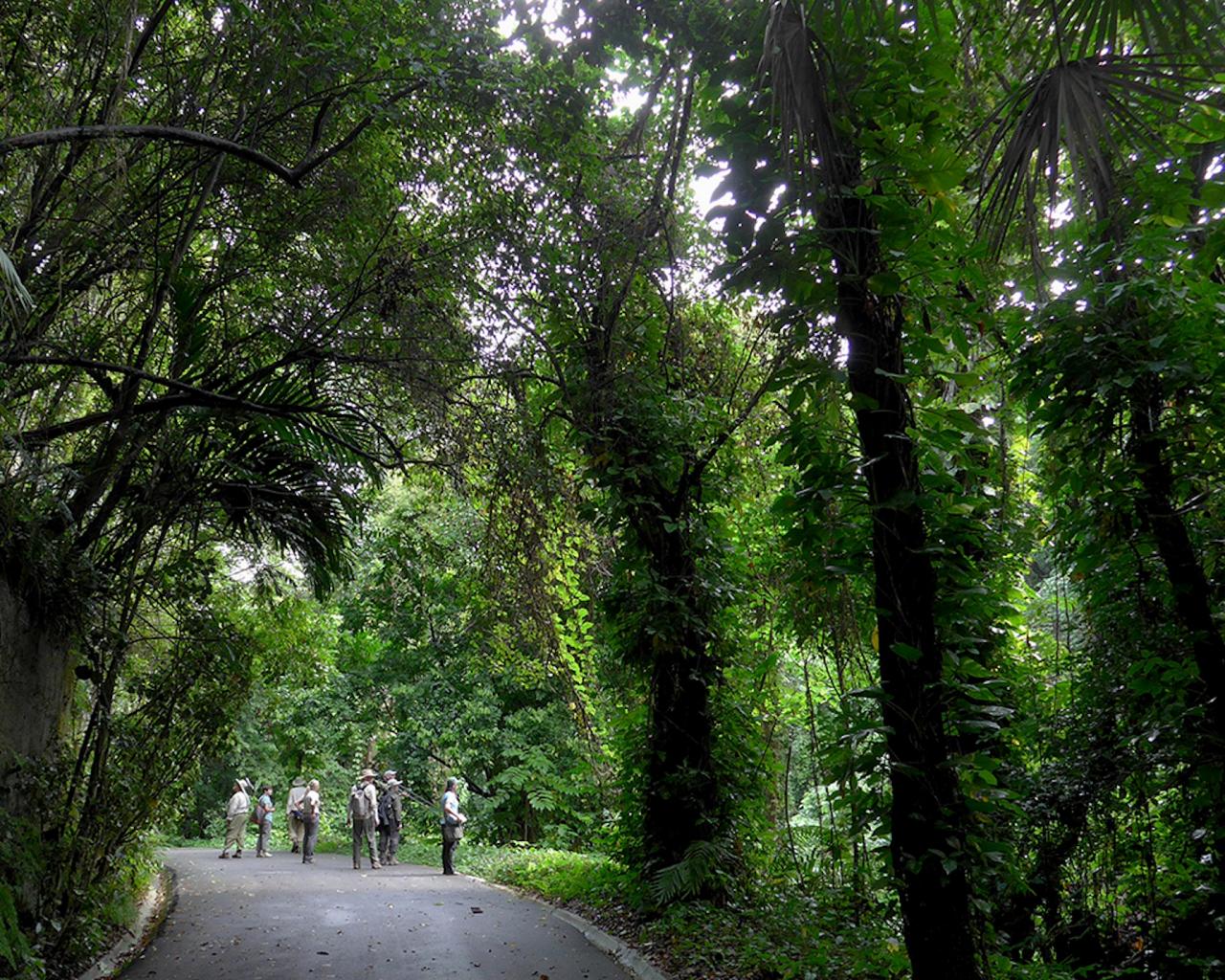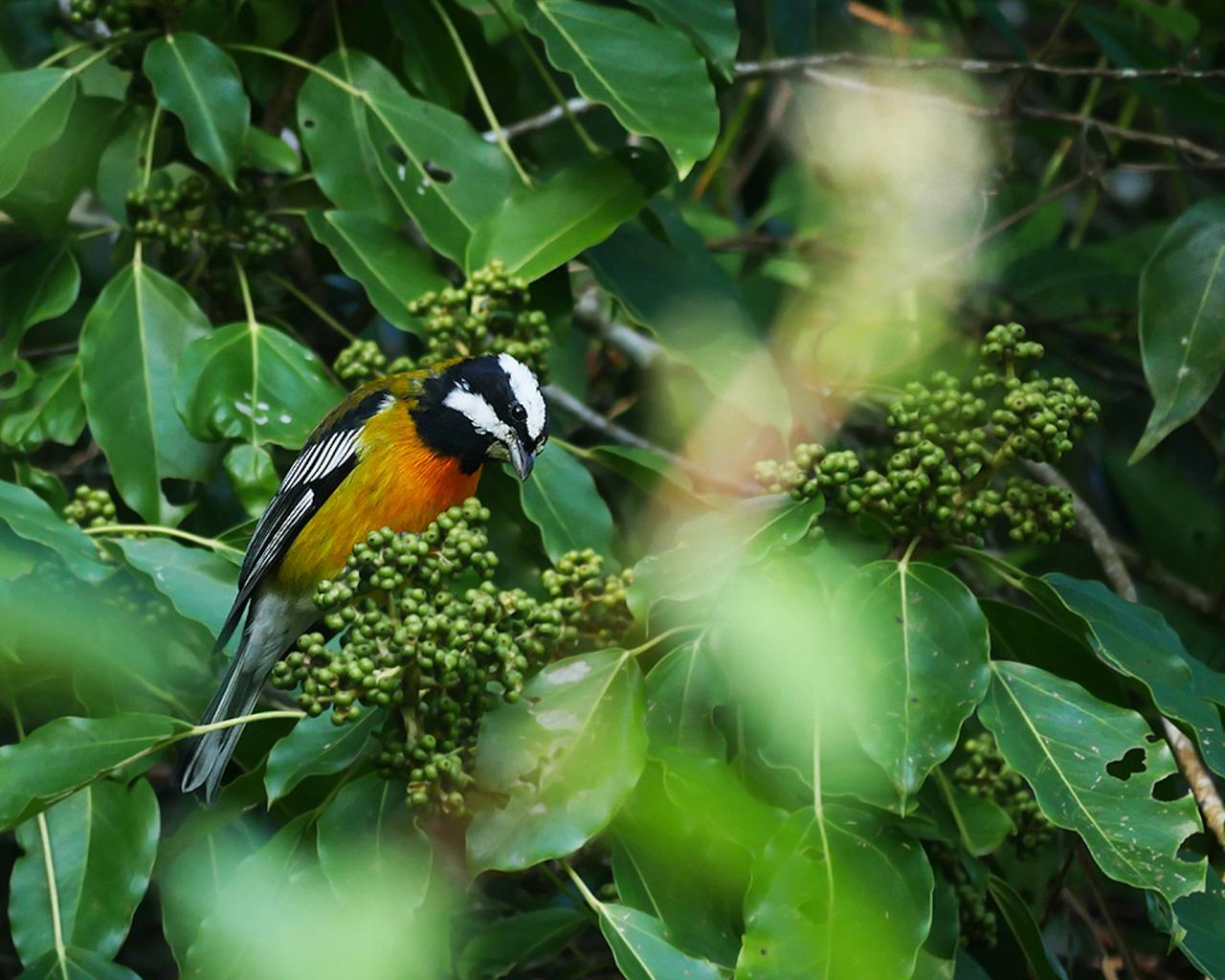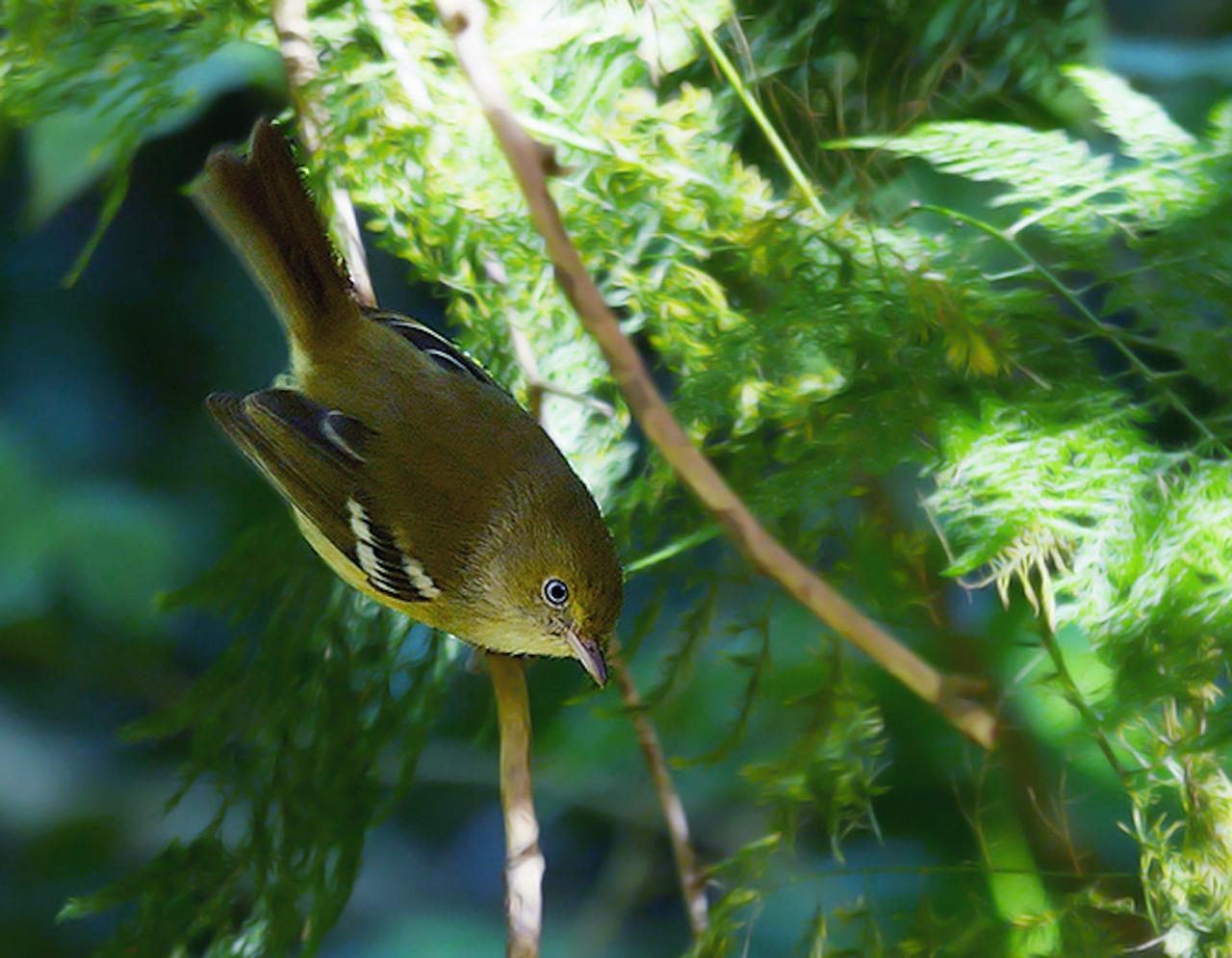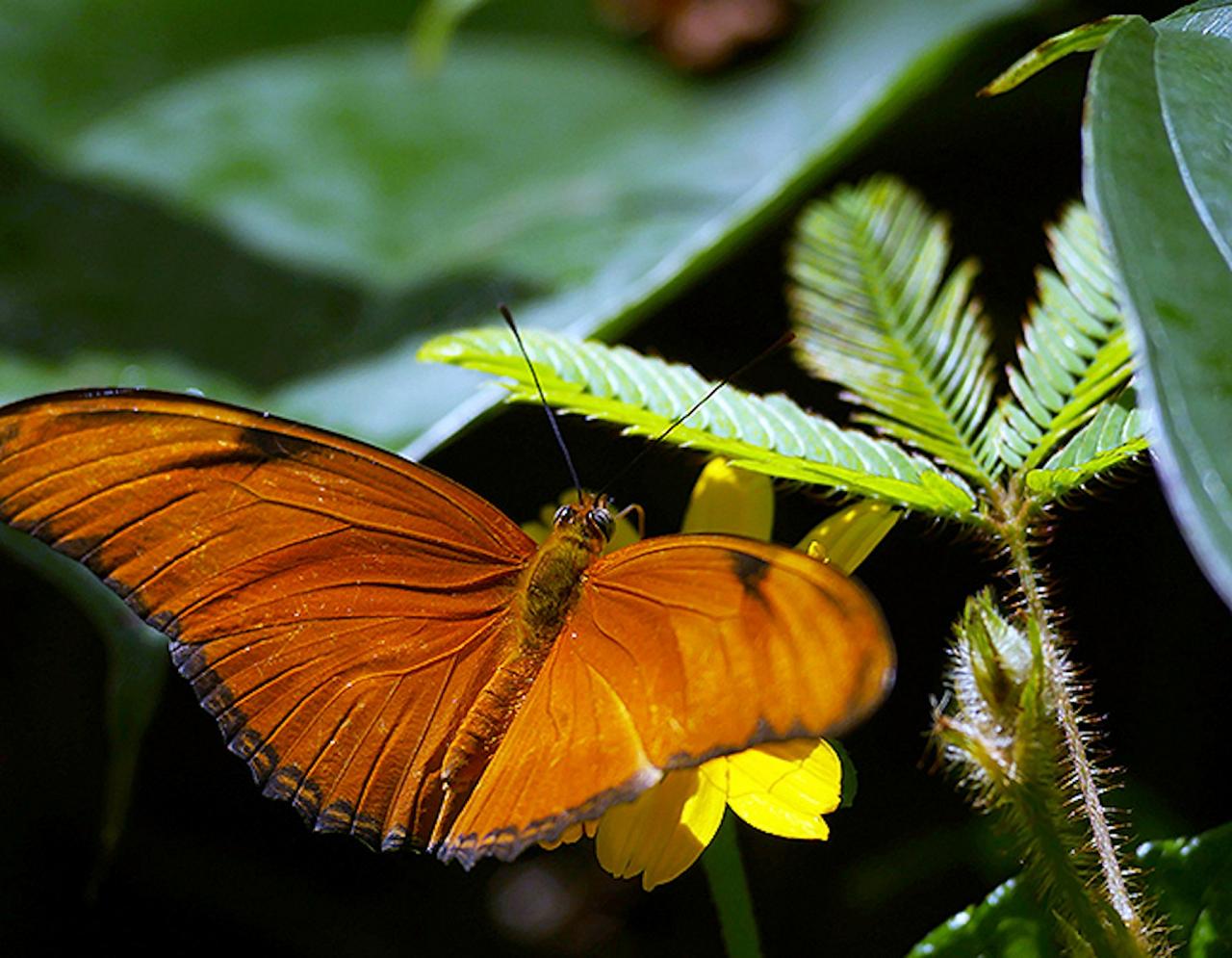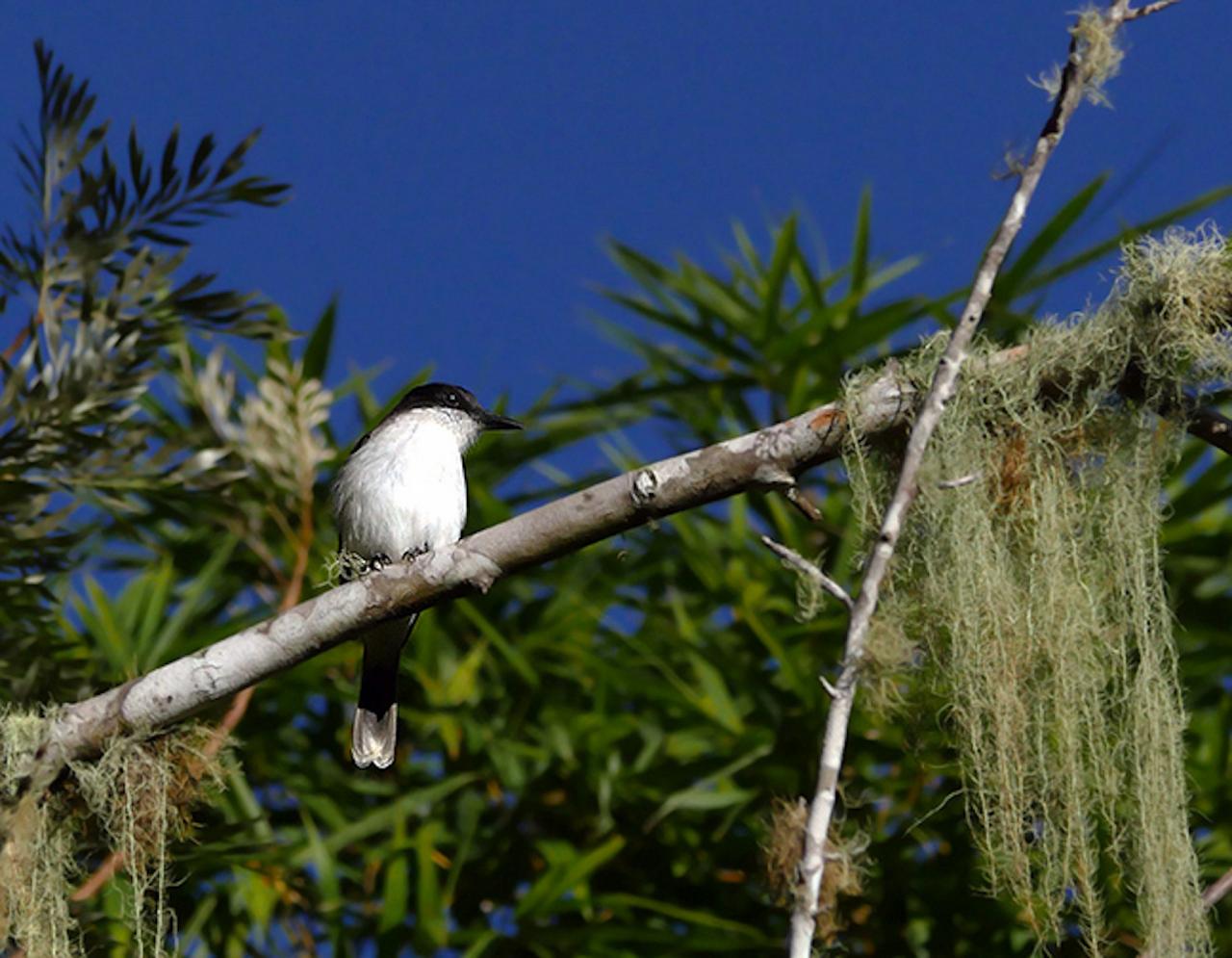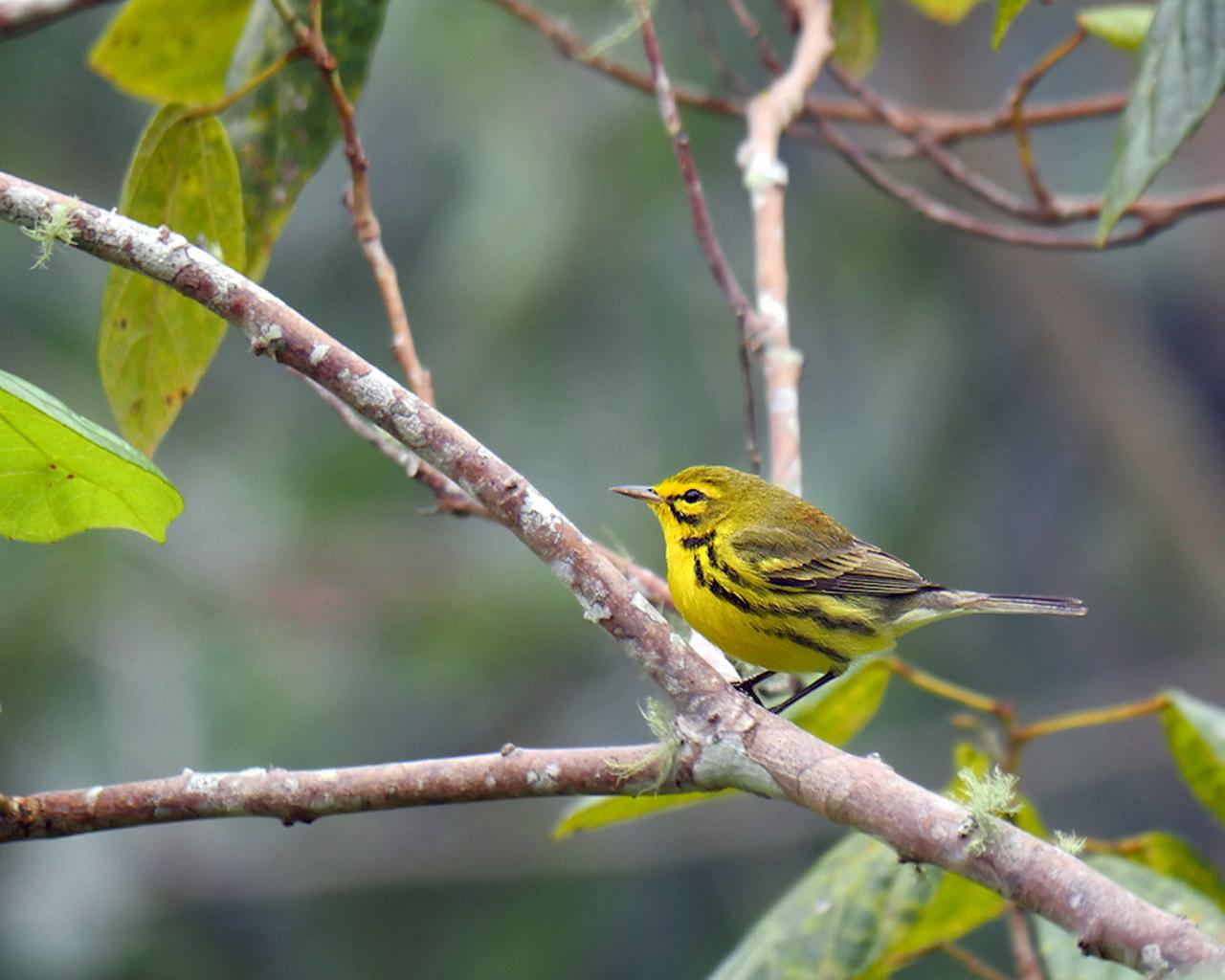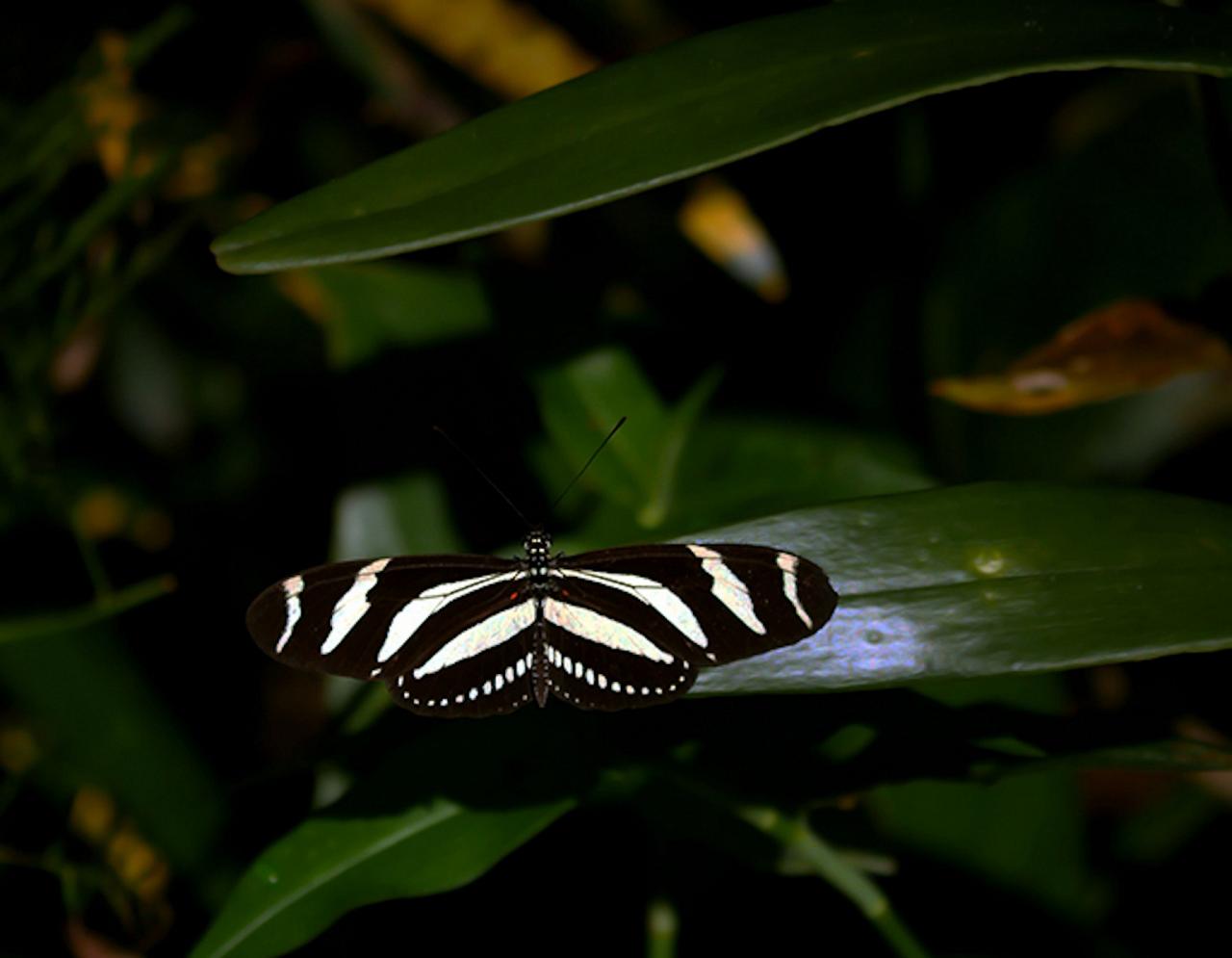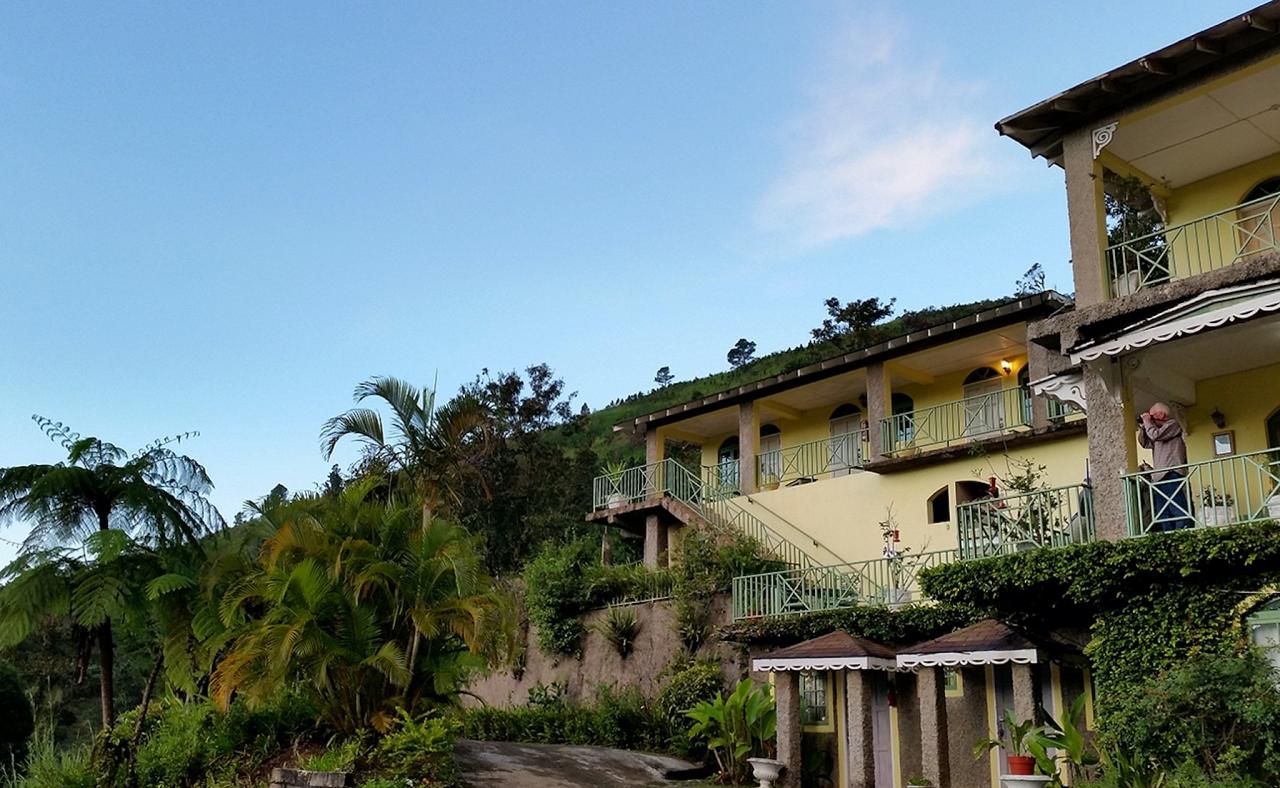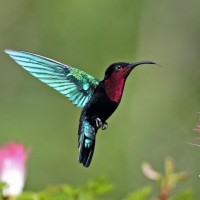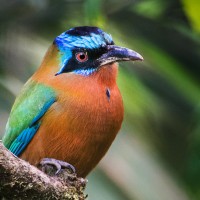- Overview
- Full Itinerary
- Photo Gallery
- Costing
- Travel Details
- Trip Reports
- Guide
- Know Before You Go
- Other Trips You May Like
Many prize Jamaica for beaches, parties and music, but did you know that Jamaica is also the rock star location for birders in the Caribbean, featuring the highest number of endemic bird species in the region and an incredible overall diversity of flora and fauna? In addition to the island’s 29 endemic birds, Jamaica boasts 48 endemic reptiles and amphibians; more than 500 endemic land snails; and over 3,000 flowering plants, at least 830 of which are endemic, ranking Jamaica fifth among the world’s islands for endemic plant diversity—mindboggling! The secret ingredient is Jamaica’s varied terrain, from mountains to seacoast, providing memorable scenic background to our adventures. Our tour begins and ends in Kingston, the quiet side of the island, and we stay in boutique lodgings in the lowland at Portland and higher elevations in the Blue Mountains where we also sample what some say is the world’s finest coffee.
Compared to many tropical regions, birding in Jamaica is relatively easy, and many of the endemic species are fairly common. Two species, the incredible Red-billed and Black-billed Streamertails, visit hummingbird feeders and hedgerows of flowers just out our door and many consider these beautiful hummingbirds reason enough to book the trip—add to that the adorable Jamaican Tody and the outrageous Jamaican Lizard-Cuckoo and intrigue is building. We also find the handsome Jamaican Mango, Jamaican Woodpecker, Sad Flycatcher, and White-chinned Thrush on our lodge’s grounds. The lowland forests on the Portland coast provide easy access to Jamaican Owl, Greater Antillean Bullfinch, and Orangequit on the famous Ecclesdown Road. Two full days in the Blue Mountains gives us excellent chances to find Arrowhead Warbler, Yellow-shouldered Grassquit, Crested Quail-Dove, and Blue Mountain Vireo.
This trip is a great short getaway with the bonus of seeing an exciting array of eastern North America’s songbirds that winter here. The warbler list alone includes Palm, Prairie, Cape May, Worm-eating, Yellow-throated, and more. Black-throated Blue Warbler may be hopping around on the railing of your balcony!
This is a trip in our classic Naturalist Journeys pace and style; enjoy delightful Jamaican hospitality, relax at great local lodges, and taste the best of Jamaica’s fresh tropical cuisine. This is not your ordinary Caribbean vacation!
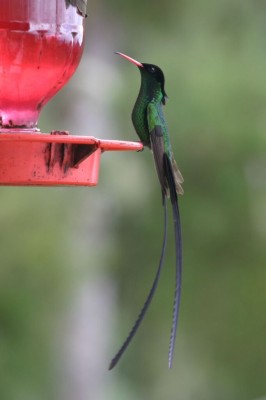

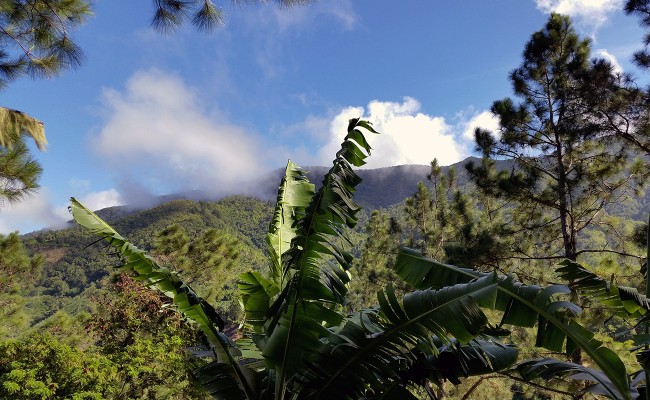
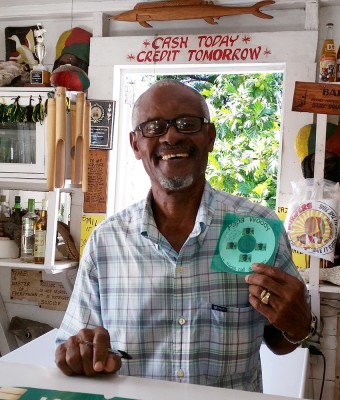
- "Enjoyable birding with focus on endemics; excellent guides; interesting to visit parts of Jamaica that are away from the typical resort/tourist areas." — Christine Perdue, 2023 Traveler
- "Full of birds, natural beauty and good leaders, companions and excellent food and lodging." — Helen Ridley, 2023 Traveler
Tour Highlights
- See up to 29 bird species that are endemic to Jamaica, more than any other island in the Caribbean
- Enjoy fairly easy tropical birding, with ample chances for repeat encounters with special birds
- Witness an abundance of Jamaica’s national bird, the Red-billed Streamertail hummingbird!
- Seek many rare and endemic plants and an abundance of rare invertebrates and reptiles
- Savor views of Jamaican Tody (adorable) and search for Jamaican Owl under pristine night skies
- Take in expansive views and the perfect climate of the Blue Mountains
- Explore the Blue & John Crow Mountains National Park, a UNESCO World Heritage Site
- Walk the lush Ecclesdown Road, a legendary hotspot among birders
- Indulge in eclectic Jamaican cuisine, with specialties like jerk chicken, fried dumplings, saltfish, and delicious tropical fruits
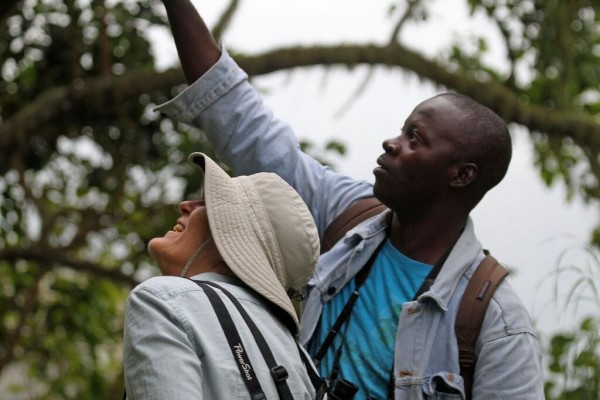
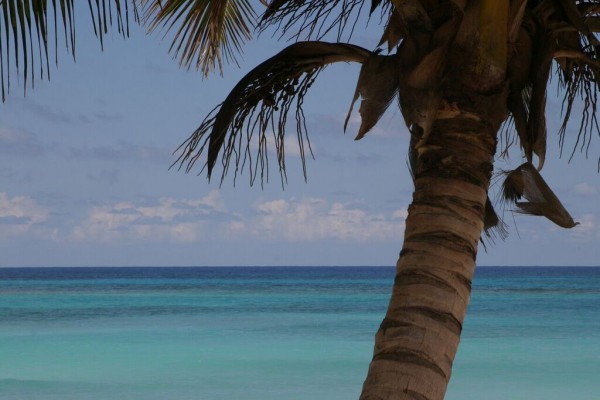
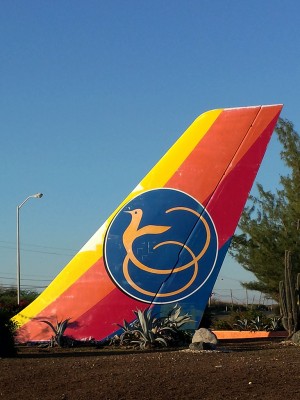

Trip Itinerary
Itineraries are guidelines; variations in itinerary may occur to account for weather, road conditions, closures, etc. and to maximize your experience.
Mon., Mar. 2 Arrivals in Kingston
Our tour begins and ends in Kingston, well away from the primary tourism center in Montego Bay. Please arrive at Norman Manley International Airport no later than 4:00 PM. Our local guide meets you at the Kingston airport before a short drive to our hotel for the first night. We enjoy a casual evening on the harbor, with a little waterbird action and an orientation dinner at our hotel. Early the next morning, we head to Hellshire Hills.
Accommodations in Kingston (D)
Tues., Mar. 3 Blue Mountains
Jamaica … just the name conjures the image of stunning white sand beaches, glittering turquoise waters and palm trees swaying in the breeze. The third largest island in the Caribbean, Jamaica boasts a wide variety of habitats, from coastal wetlands and moist montane forest to dry sweeping savannahs and verdant tropical forest, all of which combine to support a hugely impressive 29 endemic bird species and an incredible array of regional specialties. For its size, the levels of endemism amongst flora, reptiles, amphibians, and of course birds, are some of the highest and most distinctive in the world. Jamaica is an island positively bursting with life — truly a must for any birder!
Departing early in the morning to take advantage of the cooler temperatures and heightened bird activity, we make our way towards the dry scrubland in the south of the island. This arid wilderness, which at first glance may seem a rather hostile and barren environment, has actually been legally protected since 1999, and with good reason. This expanse of land in the heart of the Hellshire Hills is a natural refuge and last stronghold of the endemic Jamaican Iguana, a relic from times past, and a species that is now critically endangered (and at one point was even considered extinct).
It is here we encounter our first Jamaican endemics, namely Jamaican Vireo, Jamaican Mango, and Yellow-shouldered Grassquit. Other target species in the area include the near-endemic Stolid Flycatcher as well as the Greater Antillean Bullfinch, and it is also one of only two places on the island where the Bahama Mockingbird can be found. Although there have even been unconfirmed reports of sightings of Jamaican Pauraque here, there has not been an official sighting since the 1860s. But, still, you never know ....
We take the opportunity while in the vicinity of several pristine wetlands to explore these rewarding sites in search of a host of overwintering waders, including Lesser Yellowlegs, Pectoral, Least, (and many other species of) Sandpiper, along with several waterfowl and herons known to frequent these ponds, including American Wigeon, Northern Shoveler, Reddish Egret, Glossy Ibis, and Little Blue Heron.
Following lunch at a local eatery, we make our way towards the internationally renowned Blue Mountains, our base for the next two nights, stopping along the way at a site that promises up-close views of one of the island’s two endemic Amazona species: Yellow-billed Parrot. Slightly larger than its Black-billed counterpart, this chunky parrot is a study in color, and the individual variations in the vividness of its complex markings make each sighting unique.
After dinner, we don our headlamps to search for nocturnal dwellers including the endemic Jamaican Owl and Northern Potoo.
Accommodations in the Blue Mountains (B,L,D)
Wed., Mar. 4 Blue Mountains
Recently designated as a World Heritage Site, the Important Bird Area of the Blue and John Crow Mountains National Park is a haven for birdlife, and the birding in this area is nothing short of astounding. While the highest mountain is 7400 feet above sea level, our birding is concentrated along the famous bird highway of Hardwar Gap, about halfway up towering Blue Mountain Peak. Here, we search for the tricky Crested Quail-Dove and threatened Jamaican Blackbird. The haunting song of the former (earning it the local nickname “mountain witch”) emanates from the dense forest lining the roads along which it can sometimes be seen wandering. The latter, in its own genus Nesopar, favors the tangled vines and bromeliads below the canopy, and this is one of the best sites on the island for this particular (and rather peculiar) Icterid.
Other species we are on the lookout for today include Chestnut-bellied Cuckoo (locally known as the “old man bird”) and Jamaican Lizard-Cuckoo, Blue Mountain Vireo, Jamaican Elaenia, Rufous-tailed Flycatcher, Jamaican Woodpecker, and the charming Jamaican Tody, which often offers very close encounters. It is also here that we should have our best sightings of the majestic Red-billed Streamertail, endemic to Jamaica, and the island’s national bird.
After spending the entire day in the Blue Mountains, it is quite possible that we will have spotted half of the island’s endemics by the time we head back to our lodge for a flavorful home-style dinner! Tonight, we may try again for the Jamaican Owl, if last night’s foray into the dark was unsuccessful.
Accommodations in the Blue Mountains (B,L,D)
Thurs., Mar. 5 Blue Mountains
Waking to enjoy a cup of freshly brewed Blue Mountain coffee, the production of which we get an insight into later today, we enjoy a leisurely breakfast before continuing our exploration of the surrounding cloud forest. Endemic cousins White-chinned and White-eyed Thrush should provide good looks, and the ethereal song of the Rufous-throated Solitaire should help us to locate this rather shy endemic subspecies. The simply spectacular and ultimately unique coloring of the endemic Jamaican Spindalis make it easily recognizable in its abundance, and the endemic Arrowhead Warbler is also reliably found in this area.
This afternoon, we are afforded the opportunity to experience the unique culture of the rural community of Blue Mountain Coffee farmers, and of course sample what is widely regarded as some of the richest and most flavorful coffees on the planet. The views over the coffee fields are also quite simply jaw-dropping! We then return to our lodge for dinner.
Accommodations in the Blue Mountains (B,L,D)
Fri., Mar. 6 Ecclesdown Road
Departing the Blue Mountains in the late morning, we travel northeast through the scenic Buff Bay River Valley and along the north coast to the parish of Portland.
Following a local lunch, we head for the single most endemic-rich site in the entire Caribbean: the incomparable Ecclesdown Road! Here we concentrate our birding on species not yet sighted, including the second of the island’s endemic Amazona species Black-billed Parrot, the jet-black Jamaican Crow, and the glorious endemic Black-billed Streamertail, now restricted to the far east of the island where it emphatically defends its territory from the incursions of its Red-billed cousin!
In addition, the endemic Orangequit should provide excellent views, and other endemics possible include Jamaican Becard, Jamaican Pewee, Sad Flycatcher, Ring-tailed Pigeon, and Jamaican Euphonia. Near-endemics Greater Antillean Elaenia and Vervain Hummingbird are also present here, too.
Accommodations in Portland (B,L,D)
Sat., Mar. 7 White-tailed Tropicbirds | Ecclesdown Road
From December to April, White-tailed Tropicbirds nest in Jamaica, and we depart early this morning to enjoy the aerial acrobatics of this elegant seabird.
We then return to Ecclesdown Road, where our birding is focused on sighting any other key species not yet seen, simply enjoying the huge diversity to be found in this magnificent tropical rainforest, and (as we will have done at every other birding location visited) keeping our eyes open for the vast array of North American warblers and other passerines, including Black-and-white Warbler, American Redstart, Cape May Warbler, Northern Parula, Black-throated Blue Warbler, Yellow-throated Warbler, Prairie Warbler, Indigo Bunting, Rose-breasted Grosbeak, Baltimore Oriole, and many more that overwinter on the island.
Accommodations in Portland (B,L,D)
Sun., Mar. 8 Ecclesdown Road | Kingston
If we have not yet been fortunate enough to spot the strictly nocturnal Jamaican Owl, we take a pre-dawn outing in a final search for this medium-sized, tawny-brown endemic. Pairs have been sighted nesting in the Portland area, and with some luck, we are fortunate enough to catch a glimpse.
After lunch, we begin to bird our way back to Kingston, and as the sun sets on our incredible birding journey through this remarkably species-rich island, we enjoy a farewell dinner and take the opportunity to reminisce about the species we have encountered over the past week.
Accommodations in Port Royal (B,L,D)
Mon., Mar. 9 Departures
After a fantastic time in Jamaica, it’s time for our flock to disperse. You can plan flights home at your leisure today. (B)
Cost of the Journey
Cost of the journey is $4890 DBL / $5525 SGL from Kingston, Jamaica. This cost includes all accommodations; meals as specified in the itinerary; professional guide services; other park and program entrance fees; and miscellaneous program expenses.
NEW! for 2026, all tips other than your NJ guide (optional) are included (this includes tips for your local guide, driver, lodge and staff, day activity, meals and other services).
Tour cost does not include round-trip transportation from your home city to Kingston; optional activities; or items of a personal nature, such as laundry, telephone charges, maid gratuities or beverages from the bar.
Travel Details
Please plan to make air travel plans only after the minimum group size has been met. We will send you a confirmation email as soon as the trip has been confirmed.
Arrival and Departure Airport: Norman Manley International Airport (KIN)
Arrival: Please plan flights to arrive no later than 4:00 PM on March 2, 2026 so you can attend the welcome dinner and orientation.
Departure: Please plan flights at your leisure on March 9, 2026.
Travel Tips: If you arrive early to rest up, we can book you an early night at our first night tour hotel.
Browse below for trip reports and species lists from past versions of this and other tours from this destination.
Jamaica
- March 2022
- March 2023
- March 2024
Jamaica
- January 2024
- March 2024
-
Kip Miller

Kip Miller worked 36 years as a park naturalist in southwest Michigan, before moving to Colorado Springs in 2019 to be closer to mountains and his grandkids. He enjoys sharing his enthusiasm for birds and believes birding is more fun in shared company. He has been organizing and leading birding events, tours, and local field trips since the 1980s. Kip has experience guiding in most regions of the United States, including Alaska, and has organized and co-led tours to Belize, Brazil, Canada, Costa Rica, Ecuador, Mexico, and Kenya. His other outdoor passions include mountain biking, backroads cycling, hiking, Nordic skiing, and walking his dogs—all activities that provide good opportunities for casual bird observations as a bonus!
Other trips with Kip Miller
-
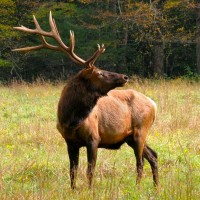 Yellowstone in The Fall FULL - See our second departure!September 20 - 26, 2025
Yellowstone in The Fall FULL - See our second departure!September 20 - 26, 2025 -
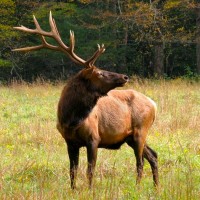 Yellowstone in The FallSeptember 27 - October 3, 2025
Yellowstone in The FallSeptember 27 - October 3, 2025 -
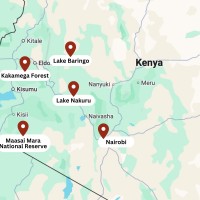 Kenya Wildlife Safari A private tour for friends of Kip Miller.November 1 - 13, 2025
Kenya Wildlife Safari A private tour for friends of Kip Miller.November 1 - 13, 2025 -
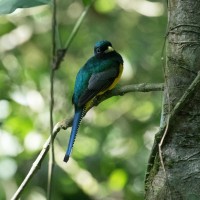 Belize: Three Great LodgesApril 7 - 18, 2026
Belize: Three Great LodgesApril 7 - 18, 2026
-
Essential Information +
Pace & Protocols +
Packing List +
Suggested Reading List +
Useful Links +
Photo credits: Jamaican Tody, Steve Shunk; Streamertail, Naturalist Journeys Stock; Jamaican Tody, Naturalist Journeys Stock; Lizard Cuckoo, NJ Stock; Jamaican Woodpecker, NJ Stock, Beach Scenic, NJStock; Blue Mountains, Steve Shunk; Papa Woody, Steve Shunk; Jamaican Birding, Naturalist Journeys Stock; Palm Trees, Naturalist Journeys Stock; Air Jamaica, Steve Shunk; Jamaican Owl, Steve Shunk; Loggerhead Kingbird, Steve Shunk; Jamaican Tody, Steve Shunk; Jamaican Oriole, Steve Shunk; Jamaican Mango, Steve Shunk; Yellow-faced Grassquit, Steve Shunk; White-tailed Tropicbird, Steve Shunk; Vervain Hummingbird, Steve Shunk; Rufous-tailed Flycatcher, Steve Shunk; Ecclesdown Rd. Birders, Steve Shunk; Sad Flycatcher, Steve Shunk; Black-billed Parrot, Steve Shunk; Ring-tailed Pigeon, Steve Shunk; Eccelsdown Rd., Steve Shunk; Bahama Mockingbird, Steve Shunk; Black-throated Blue Warbler, Steve Shunk; Ecclesdown Road, Steve Shunk; Jamaican Oriole, Steve Shunk; Jamaican Spindalis, Steve Shunk; Jamaican Vireo, Steve Shunk; Julie Butterfly, Steve Shunk; Loggerhead Kingbird, Steve Shunk; Prairie Warbler, Steve Shunk; Zebra Heliconian, Steve Shunk; Starlight Chalet, Steve Shunk;






